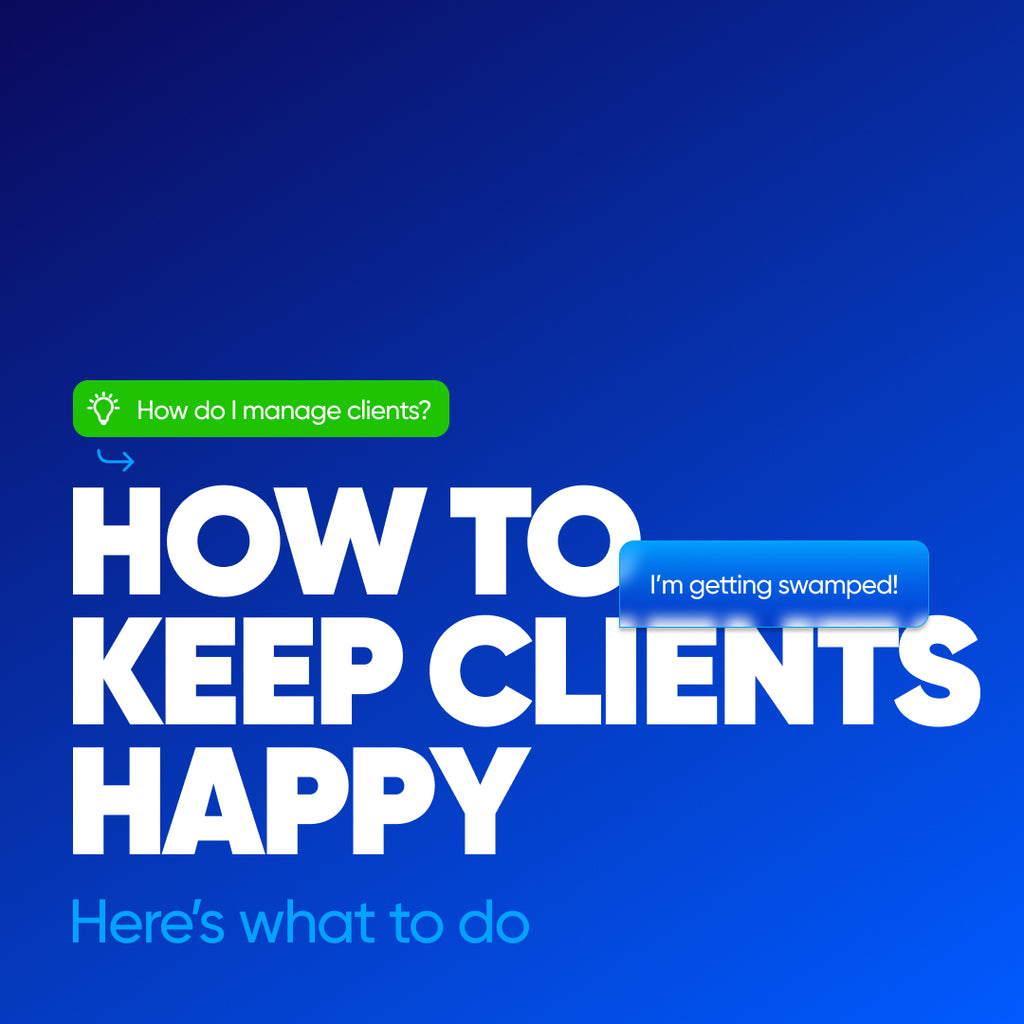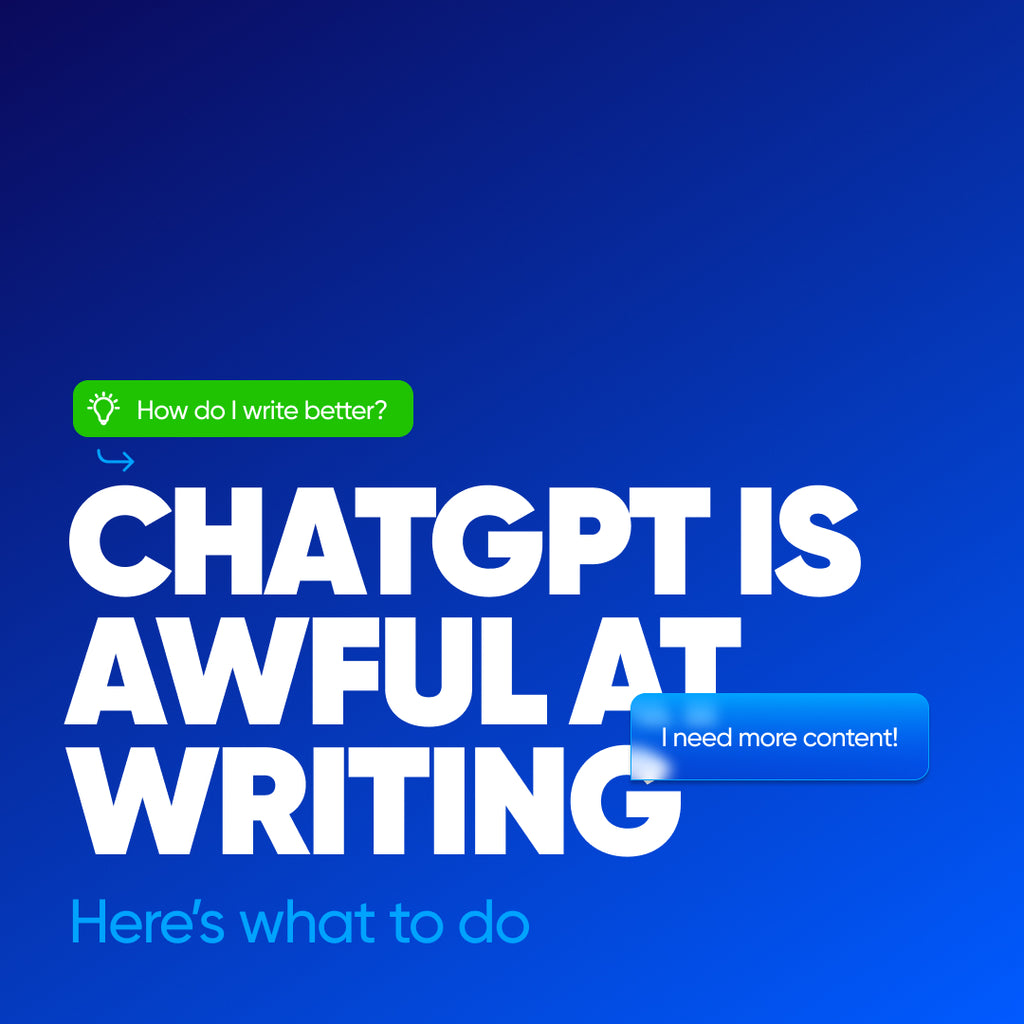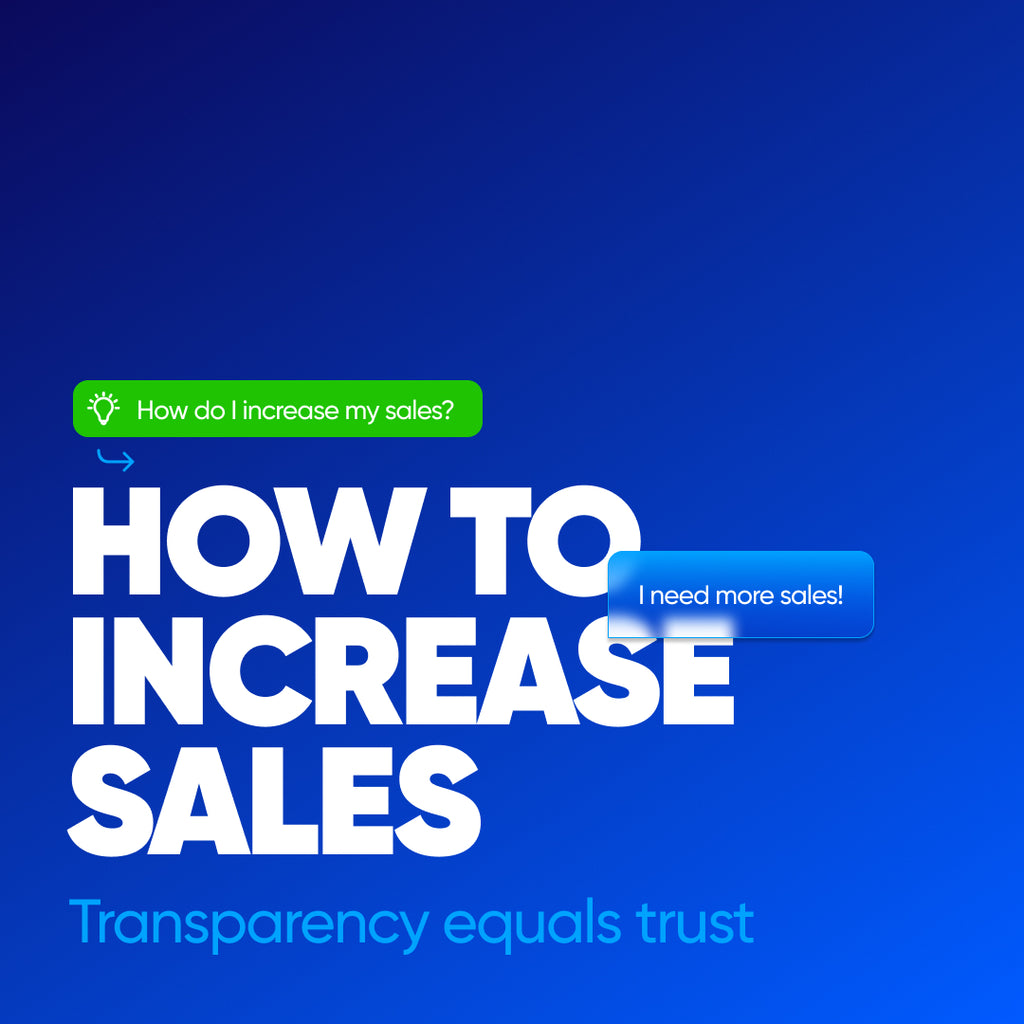It's 2023, and ensuring a client pays for your services is increasingly challenging in an ever-digitized world.
Even when clients look legitimate, there are as many bad clients out there looking to get free work as bad freelancers are looking to do the bare minimum and still get paid.
Here are my recommendations to ensure that both you as the freelancer does excellent work and the client gets what they want and pays you.
Try these steps to ensure you get paid promptly:
-
Get a 50% deposit to begin the work, and settle the remaining 50% of the invoice before delivering the final working files.
-
When doing website or app projects, ensure that you own the staging site and deliver the complete site only once the client has paid.
-
If you're doing hourly work as a freelancer, ensure the client pays for these hours first, then work commences; this is commonly referred to as retainer-based payment.
-
Set clear milestones, expectations, and responsibilities, and communicate throughout the project. Only once you know what you are to do and the client knows what they need to do should you start.
-
Don't escalate issues; ensure that you record what you are doing daily. Your record can be as simple as an overview email daily to your client describing your tasks and as complex as a digital timesheet with a breakdown of each hour.
Unpaid invoices from non-paying freelance clients make you feel awful
You worked hard for your client, did the best you could, and they ghosted you when you expected payment.
It is easy to become angry at the client for missing overdue payments or balking at the payment terms when it comes time to make that final payment. You can escalate this all the way to taking legal action in small claims court, but I believe there is a better way.
There is an old expression "Don't chase bad money with good money." Every time you consider further legal action for non-payment, consider how much time, stress, and money and ask yourself, "Will this be life-changing." It can sure feel like it when a client leaves an unpaid invoice.
Sending angry emails and following up every day for the next year often won't change the outcome. Here is what I do when an invoice goes unpaid. All of these are short but very polite emails.
You haven't been paid, so you didn't follow (or know about) the above steps. Here's how to remedy the situation in the best possible way:
-
Send an initial follow-up email at 30 days regarding the payment terms
-
Send another follow-up email at 60 days notifying the client that non-payment will result in a submission to a collection agency
-
Send another follow-up at 75 days with a resolution amount at a discounted rate
-
At 90 days, contact a collection agency and supply the details they need
-
At 120 days, send a demand letter
-
At 150 days, you should consult an attorney if the amount is great enough, chasing $100 with a $300/hour attorney is a losing game
Typically once a collection agency has been engaged, the client will pay you to avoid the annoyance of a collection agency whose job is to contact the client at all hours of the day multiple times.
Collection agencies often don't get paid unless they get your payment, but they take a commission for money they recover for you.
Payment Terms
Many freelancers don't have payment terms simply because they want the job, but they are necessary and can grow as your business grows.
Remember that when you are your own boss, you have way more responsibilities within the business, and having payment terms is often overlooked. The best way to write payment terms is to make payment clear.
On my Shopify site that you're on now, when a client wants a service, I send them to that service page like Brand Identity Design, for example, and they have to complete the purchase before I start. This is a roundabout way of having payment terms since the client must pay before the work begins.
If you want to write payment terms, it's often better to start out small by writing to the client, "to pay for my flat rate services, I require a 50% deposit, with 50% due upon delivery."
A big red flag that a client won't pay is when they refuse these terms. If they refuse, you should refuse to work with them. Another way I have found during the consultation phase to ensure a client will pay is to request a refundable consultation once the project is complete.
Payment Method
Freelancers, especially from developing countries, are often limited in the types of payments they can receive.
Standard ways of paying digitally, such as PayPal, are restricted in many countries, but often the most common forms of payment method, such as Visa or MasterCard, are generally unrestricted.
When you have a Shopify eCommerce site and accept credit cards with a direct deposit into your bank account, you can ensure that the payment process is smooth. Often freelancers rush to get the project, so they forget the important step of making it easy for the client to pay.
I highly recommend that everyone has a Shopify eCommerce website that can accept credit card transactions. It's inexpensive to set up for only $29/month and can save you a huge amount of headaches by simplifying your payments.
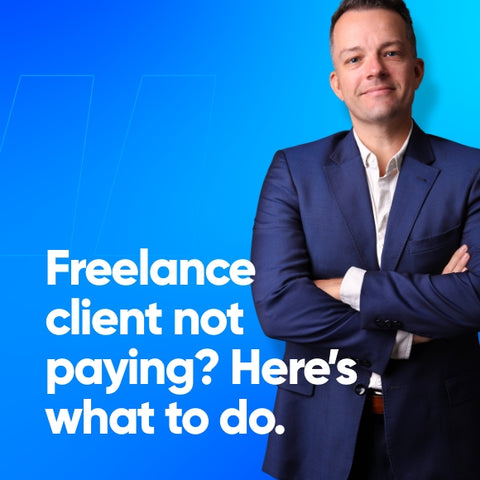
Freelance client not paying? Here's what to do.
Then, pick one of these:
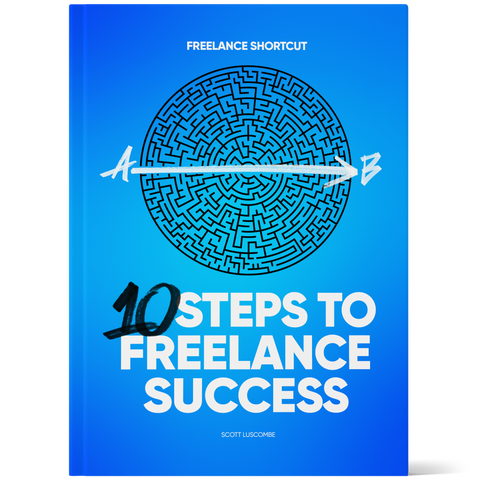
Freelance Book - 10 Step Success Shortcut
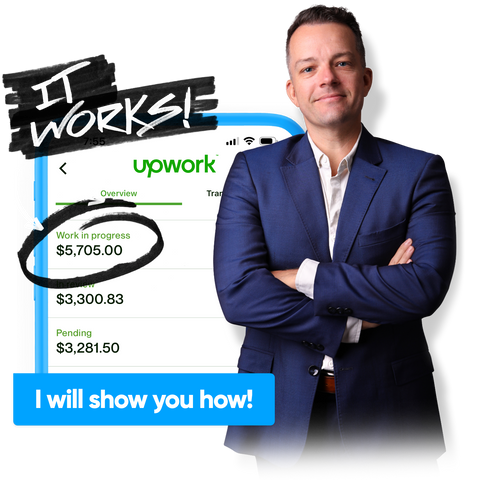
Freelance Coach

Freelance Success Digital Course
Third, try these:

Build your Shopify site

Design and Development Tools




